The Ultimate Guide to Choosing the Right Outdoor Extension Cord for Your Needs
When it comes to outdoor electrical work, selecting the appropriate outdoor extension cord is crucial for both safety and efficiency. According to the National Electric Code (NEC), utilizing the correct extension cord can significantly reduce the risk of electrical hazards, such as overheating and short circuits. A report from the Electrical Safety Foundation International (ESFI) highlights that improper use of extension cords accounts for over 3,000 home fires annually, underscoring the importance of choosing the right type for your specific needs. With various types available in terms of length, gauge, and insulation, making an informed choice is essential for outdoor tasks ranging from gardening to construction. This guide will provide insights into the various factors that influence the selection of an outdoor extension cord, ensuring you can complete your tasks safely and effectively.
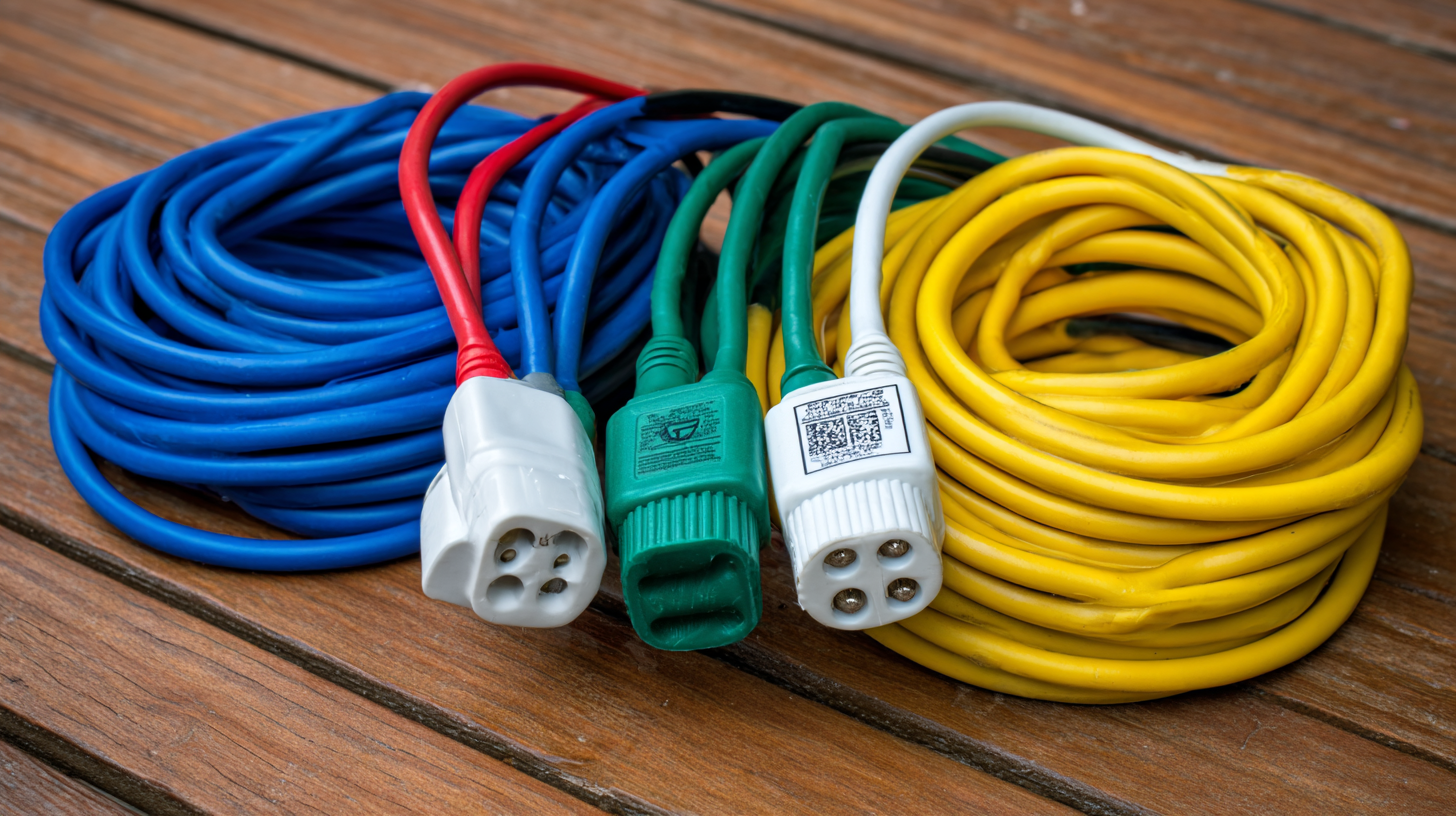
Types of Outdoor Extension Cords: A Comprehensive Overview
When it comes to choosing the right outdoor extension cord, understanding the different types available is crucial for ensuring safety and efficiency. Outdoor extension cords are typically categorized based on their gauge, length, and insulation type. For instance, heavy-duty cords made with lower gauge (such as 12-gauge) wire are capable of handling higher wattages and are ideal for powering equipment like lawnmowers or heaters. According to the National Electrical Manufacturers Association (NEMA), using a suitable gauge is essential; a 12-gauge cord can handle up to 20 amps, which is perfect for demanding outdoor uses.
Another significant classification of outdoor extension cords is their insulation type. SJOOW cords, designed for tough outdoor conditions, feature a robust outer layer that can withstand moisture, oil, and abrasions. The American Society for Testing and Materials (ASTM) emphasizes that such cords provide excellent durability, making them suitable for construction sites or outdoor events. Furthermore, cords marked with a "W" signify they are rated for wet conditions, a necessity for outdoor applications where exposure to the elements is inevitable. Understanding these types ensures consumers make informed decisions tailored to their specific outdoor power needs.

Key Features to Consider When Selecting an Outdoor Extension Cord
When selecting an outdoor extension cord, several key features should be carefully considered to ensure safety and efficiency. First and foremost, the cord's gauge, or thickness, plays a vital role in its performance. Lower gauge numbers indicate thicker wires, which can handle more electricity without overheating. For outdoor use, a 12-gauge or 14-gauge cord is often recommended, as it can support heavy-duty appliances and provides adequate power over longer distances.
Another essential feature is the length of the extension cord. It's important to choose a length that accommodates your needs without excessive slack, which can lead to tangling and potential hazards. Additionally, look for cords with weather-resistant insulation, specifically designed to withstand various outdoor conditions. This ensures durability against UV rays, moisture, and temperature fluctuations. Finally, consider the cord's connectors; they should be rated for outdoor use and ideally come with a locking mechanism to prevent accidental disconnection during use. Prioritizing these features will help you select the most reliable outdoor extension cord for your needs.
The Ultimate Guide to Choosing the Right Outdoor Extension Cord for Your Needs - Key Features to Consider When Selecting an Outdoor Extension Cord
| Feature | Description | Recommended Specification |
|---|---|---|
| Cord Length | The total length of the extension cord, which determines how far it can reach. | Choose a length that covers your outdoor area, typically 50 to 100 feet. |
| Gauge | Indicates the wire thickness; lower numbers mean thicker wires capable of handling more power and long distances. | 12 or 14 gauge for most outdoor applications. |
| Weather Resistance | Ability to withstand moisture and outdoor elements. | Look for cords with UV protection and water-resistant casing. |
| Power Rating | Measured in watts; determines how many appliances can be used simultaneously. | Check your devices' total wattage; typically, 15 amps (1800 watts) is sufficient for general use. |
| Connector Type | Type of plug and socket; ensures compatibility with devices and outlets. | Standard NEMA connectors are widely used. |
| Safety Features | Additional features for protection against accidents and electrical hazards. | Look for cords with GFCI (Ground Fault Circuit Interrupter) protection. |
How to Determine the Right Length for Your Outdoor Extension Cord
When choosing the right outdoor extension cord, determining the appropriate length is crucial for both safety and functionality. According to the National Electrical Manufacturers Association (NEMA), extension cords should ideally be as short as necessary to minimize voltage drop, which can lead to diminished performance of electrical devices. For outdoor use, it’s recommended to keep the length to a maximum of 100 feet, especially for high-demand appliances, as cords longer than this can experience a drop in voltage exceeding 10%, potentially damaging the devices connected.
Additionally, it’s important to consider the specific applications of the extension cord. For landscaping equipment, lighting installations, or portable power tools, it is advisable to select a length that allows for full mobility without overreaching. Experts suggest measuring the distance from the power source to the intended electric device and adding an extra few feet to accommodate for any obstacles or positioning needs. The American Wire Gauge (AWG) standards indicate that the thickness of the cord will also affect how far current can effectively travel; therefore, selecting the right gauge in relation to the length is equally vital. By understanding these dynamics, consumers can ensure their outdoor extension cords not only meet their length requirements but also uphold performance standards.
Understanding Amp Ratings and Their Importance for Outdoor Use
When selecting an outdoor extension cord, understanding amp ratings is crucial to ensure safety and efficiency. Amp ratings indicate the maximum amount of electrical current the cord can handle without overheating. For outdoor use, it's essential to choose a cord that matches or exceeds the amperage requirements of the devices you plan to power. Using a cord with an insufficient amp rating can lead to overheating and potential fire hazards, especially when exposed to the elements.
Another important aspect to consider is the length of the extension cord, as longer cords can result in voltage drop, which affects performance. If you need to run power over a greater distance, opt for a cord with a higher amp rating to mitigate the effects of voltage loss. Additionally, always check for outdoor-specific ratings on the cord, as these ensure that the materials used can withstand weather conditions without degrading. By understanding and considering amp ratings and appropriate cord specifications, you can safely power your outdoor equipment and enjoy peace of mind.
Safety Tips for Using Outdoor Extension Cords Effectively
When using outdoor extension cords, safety should be your top priority. According to the National Fire Protection Association (NFPA), electrical failures were the leading cause of home fires in 2018, contributing to nearly 13% of all reported incidents. To mitigate risks, always select extension cords rated for outdoor use and ensure they have the Underwriters Laboratories (UL) mark, which signifies compliance with safety standards. The cord's gauge is also crucial; for longer distances, opt for a thicker wire (lower gauge number) to reduce voltage drop and heat generation.
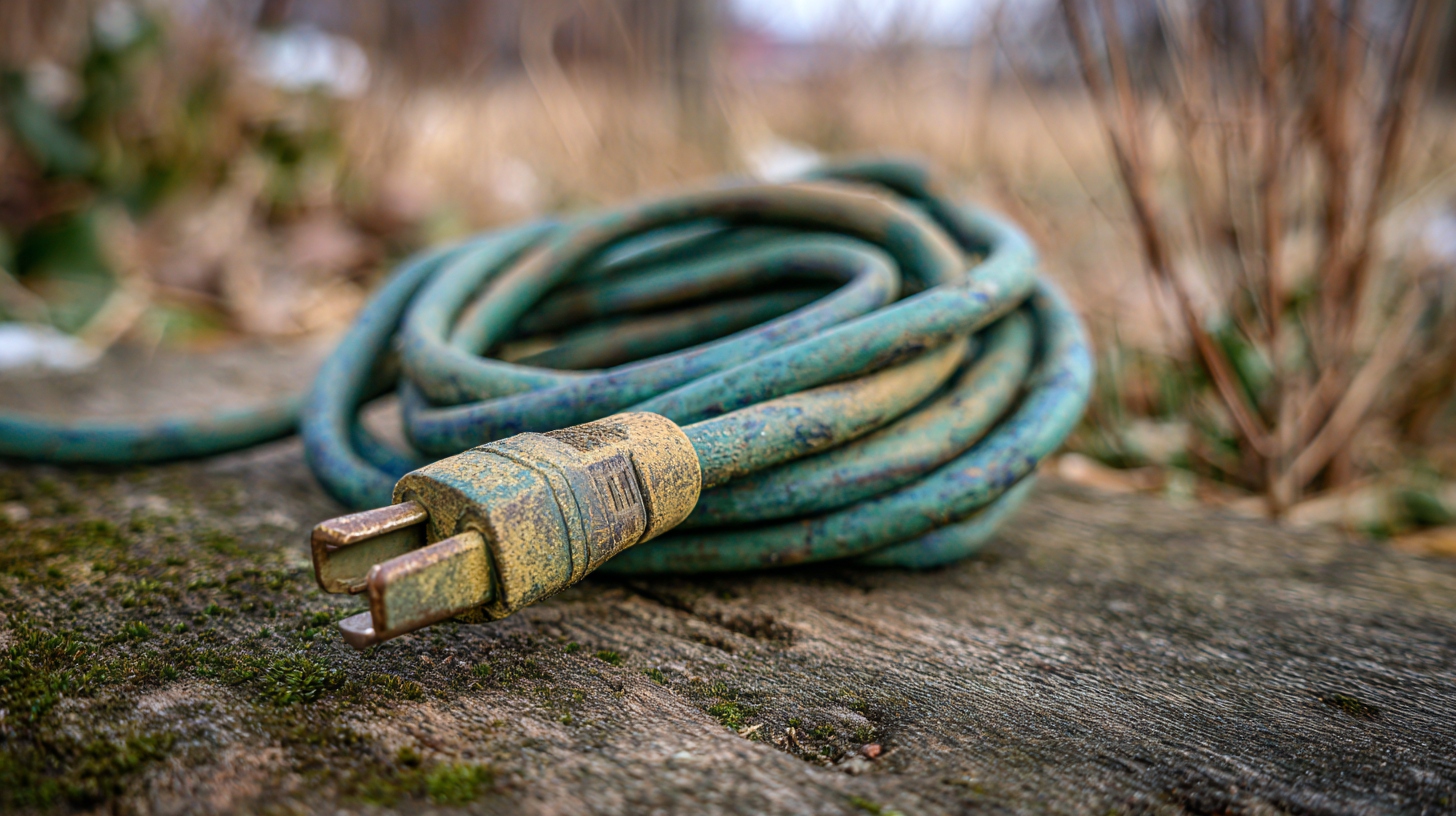 Another essential tip is to keep cords elevated and free from standing water. Wet conditions can create a hazardous environment, significantly increasing the risk of electrical shock. The Consumer Product Safety Commission (CPSC) reported that approximately 30 deaths occur each year due to electrocutions associated with improper outdoor electrical use. Utilizing cord covers or elevated pathways can help protect your extension cords from moisture and physical damage. Always inspect your cords for frays or signs of wear before use and unplug them when not in operation to prevent potential hazards.
Another essential tip is to keep cords elevated and free from standing water. Wet conditions can create a hazardous environment, significantly increasing the risk of electrical shock. The Consumer Product Safety Commission (CPSC) reported that approximately 30 deaths occur each year due to electrocutions associated with improper outdoor electrical use. Utilizing cord covers or elevated pathways can help protect your extension cords from moisture and physical damage. Always inspect your cords for frays or signs of wear before use and unplug them when not in operation to prevent potential hazards.
Related Posts
-
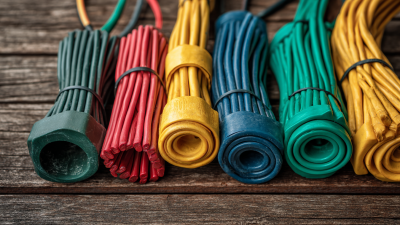
How to Choose the Right Outdoor Extension Cord for Your Seasonal Needs and Safety Compliance
-

5 Essential Tips for Choosing the Right Electronic Wire for Optimal Performance
-

Exploring Innovative Alternatives to the Smith Machine with Cables for Enhanced Workouts
-

The Comprehensive Ultimate Guide to Understanding Electrical Cable Selection and Installation
-
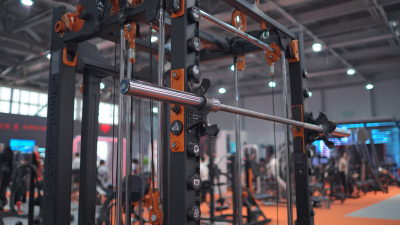
Exploring Market Potential: Smith Machines with Cables at the 2025 China Import and Export Fair
-
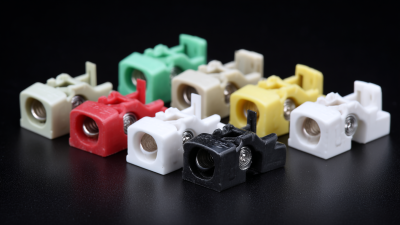
Top Quality Electrical Wire Connectors From a Leading Chinese Manufacturer for Global Export